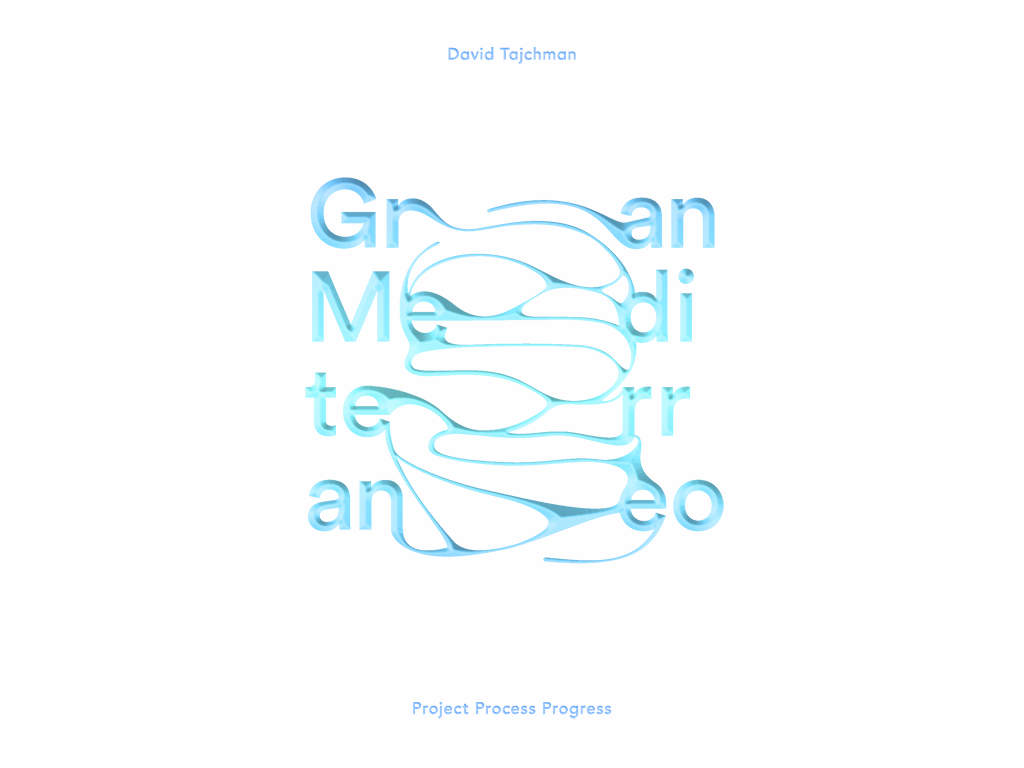With Building a Circular Future, we want to challenge and rethink the way we use and reuse resources in the building industry, toward ultimately eliminating the concept of waste.
Today, a building truly becomes a material graveyard by the end of its life. We simply do not consider how to take a building’s superstructure apart, and we do not know how to place a value on all of the resources that get lost in the process. What if, when deconstructing, we could learn from all the precision the industry put into constructing?
In the Danish building industry, we proudly state that we recycle over 87%* of all building waste. That is a measurement of weight, not of quality or economic value. Concrete crunched into road fill, in fact, has an average value of €5 per ton**, 50 times less than that of a new concrete element. Almost all building waste today is being downcycled to the lowest value possible.
The way we demolish our buildings and deteriorate our resources seems wasteful. We believe the key to Building a Circular Future is to make reusing resources into a positive and economically viable business by bringing together the principles of design for disassembly, materials passports, and the circular economy.
Who will be the first movers into a future praxis where buildings are material banks, with an intrinsic value at the component and material level?
This book seeks to provide inspiration for Building a Circular Future by providing a set of principles and highlighting best practices from inside and outside the building industry. It offers solutions, innovations and ingenuity that leave one not only with hope, but also with the desire for a circular future.
Value Beyond a Building’s Lifetime
A building is usually reduced to a ‘material cemetery’ at the end of its life. We currently do not recycle all of the valuable materials that buildings contain, and they end up being lost. Building a Circular Future uses a specific case study to show how we can create a profit from disassembling and recycling a significant portion of the materials contained in a building’s shell. The goal is to inspire future buildings that are designed and constructed so that they can be dismantled without significant impairment and loss of resources.
“The circular economy represents an unprecedented opportunity for our industry. We must rethink the way we build and design into a scalable, value-driven practice of the resource economy,” said Kasper Guldager Jensen, Director of GXN and Senior Partner with 3XN. “As we embrace the circular economy, new companies will develop with business strategies that do not yet exist, such as material exchanges that can handle the logistics and practical training in recycling building components, managers specializing in digital handling of materials and specialists in design for disassembly.”
What is deisgn for disassembly?
‘Design for disassembly’ is a holistic design approach, where the intention is to make any given product easy to disassemble into all its individual components.
The approach is a cornerstone of the circular economy because it allows the different components to fit into a closed material cycle where they can be reused, reassembled and recycled into new products of a similar or higher quality. Because of the holistic nature of the philosophy, it can be applied to any type of product on any scale with any level of complexity. Examples range all the way from the materials used in electronic devices to furniture and buildings. There are a lot of different ways to make a product easier to disassemble. The main thing to remember is that when two or more components are put together, the connection must be reversible without damaging the components. This means that screws, splits, and nuts and bolts are preferred over nails, and binders like glue are to be avoided.
To allow for easier deconstruction, connections must be easy to access and preferably visible. It is also key to ensure that the quality of the material can withstand use and reuse over time and won’t wear out.
Innovation in the Construction Industry
The case study presented in the book – a 42,000 m2 office building in Denmark – highlights a process with three components: ‘design for disassembly’, or how to design a building so that the elements and materials can be removed from the building in the future; a ‘material passport’ that documents what exactly comprises each element (e.g., a façade panel); and a description of how the individual parts of a building can be recycled and returned to the circular economy. The authors assert that, in the specific case, a profit of 35 million DKK (€4.7 million or US$5.2 million) can be made using these processes versus traditional demolition on a building with a total construction cost of 860M DKK (€115.6 million or US$128.7 million.)
















